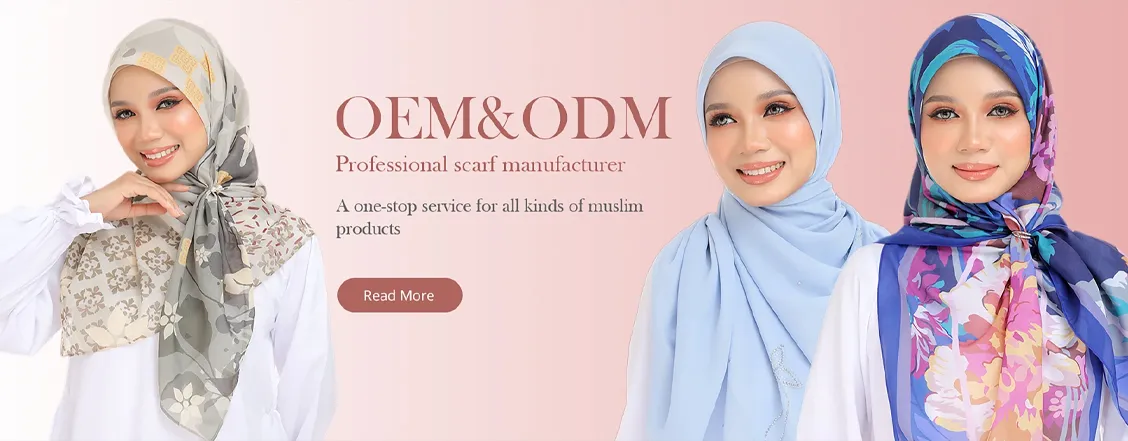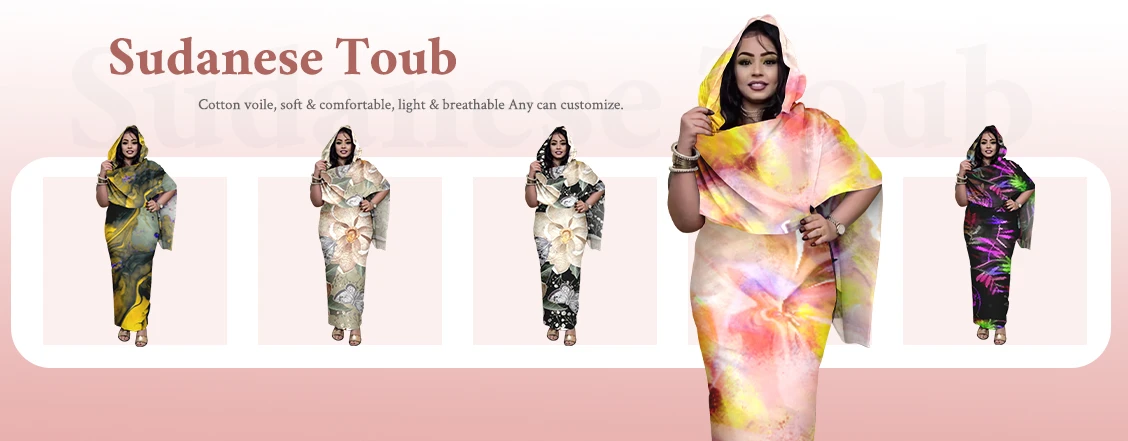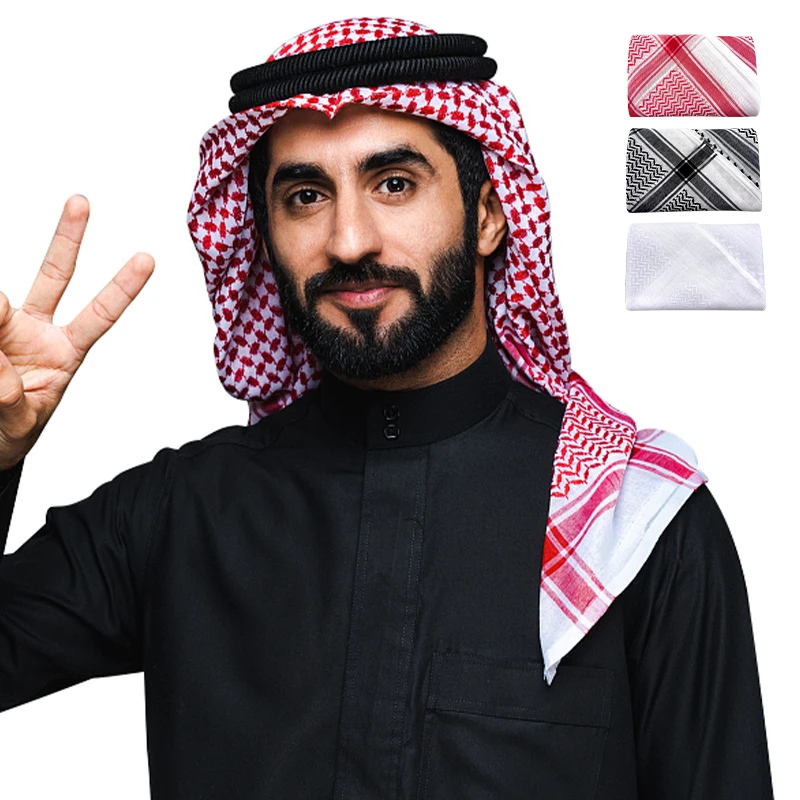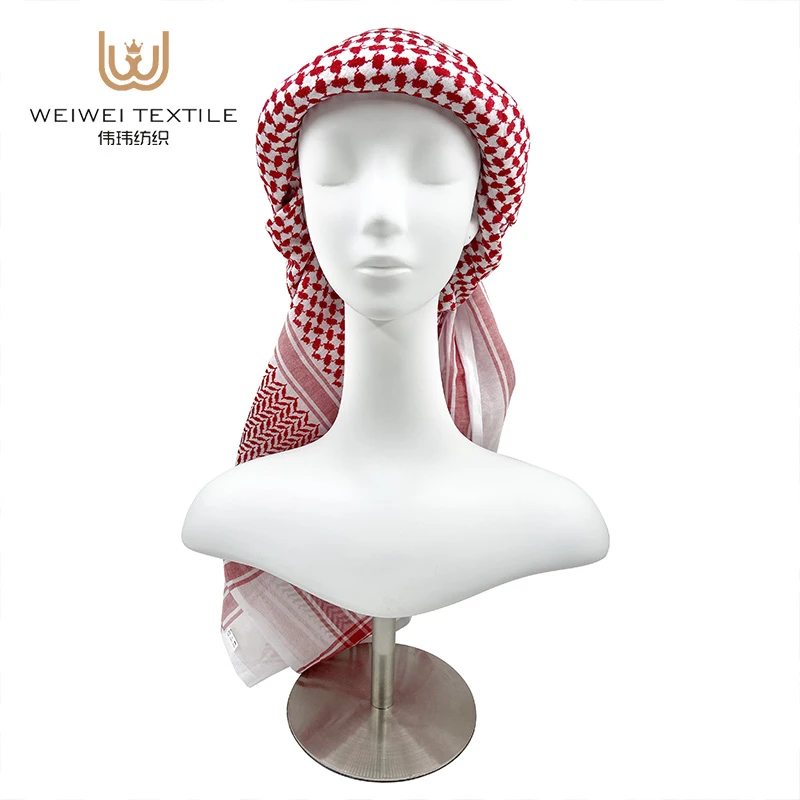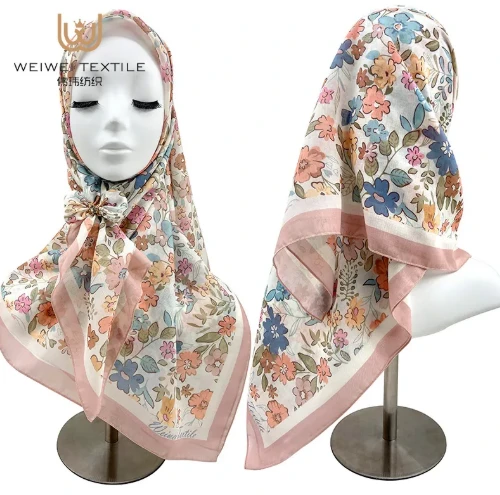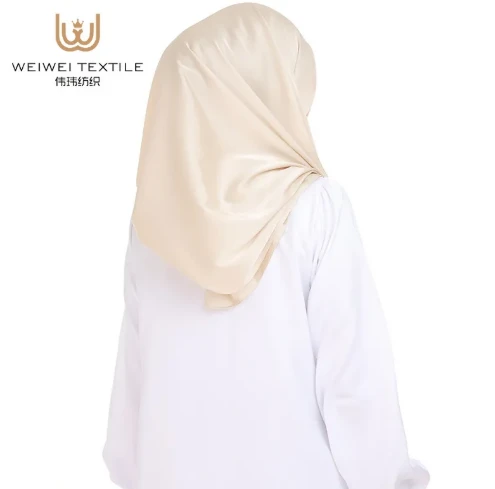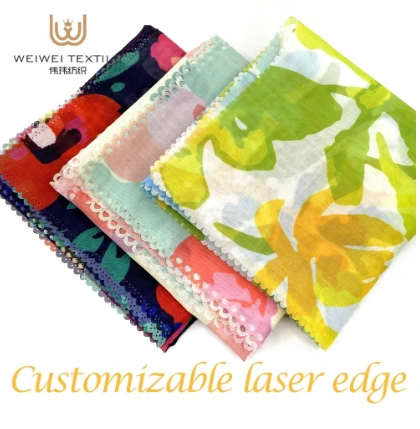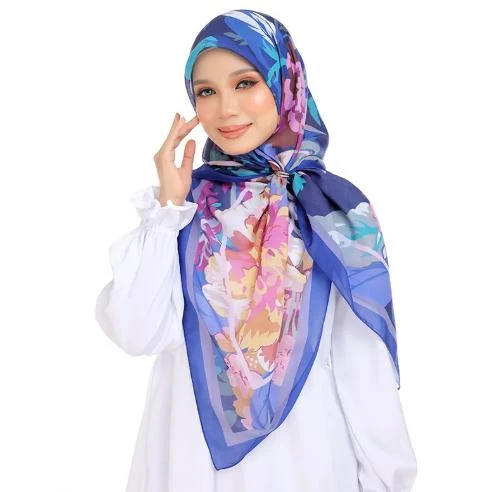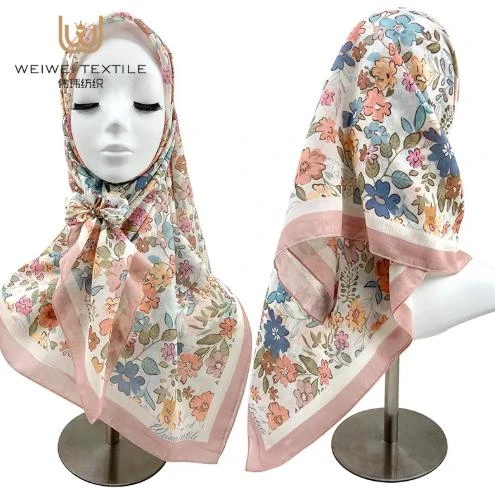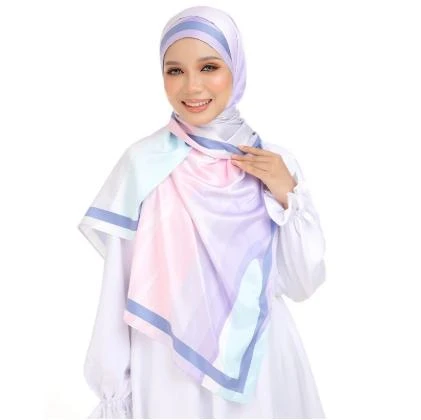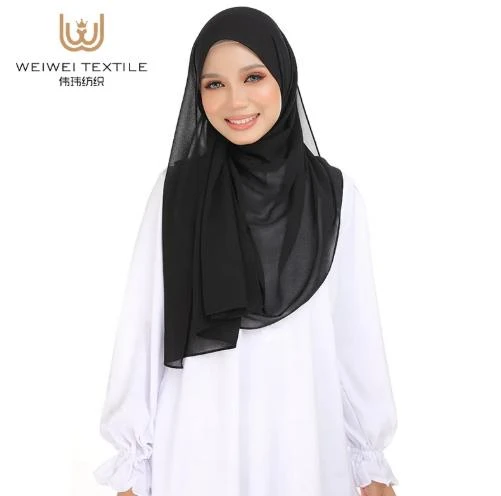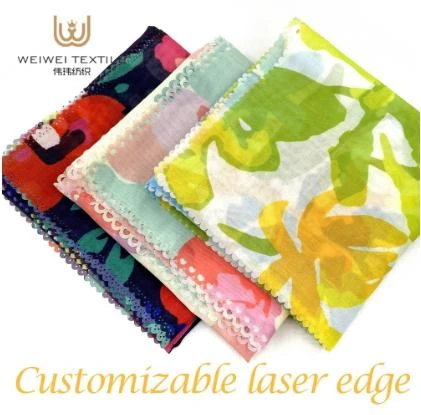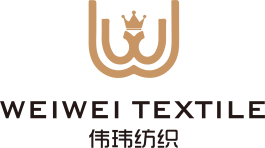The Arabic men head scarf, also known as keffiyeh or shemagh, is far more than just a traditional garment—it’s a versatile, practical, and culturally rich accessory that offers a range of benefits in both modern and traditional settings. One of the foremost advantages of the Arabic head scarf is its ability to provide effective protection against harsh environmental elements. Whether shielding the face and neck from desert sun, sandstorms, or chilly winds, the scarf is a trusted companion in demanding climates. The fabric, usually made from breathable cotton or lightweight blends, helps regulate temperature, keeping the wearer cool in heat and warm in cold. In recent years, brands like WEI WEI have embraced this iconic accessory and elevated it into the realm of global fashion, blending function with refined design. WEI WEI's Arabic men head scarves combine time-honored patterns with premium fabrics and careful craftsmanship, ensuring comfort and durability while honoring cultural authenticity. These scarves can be styled in a variety of ways, making them suitable for daily wear, travel, or even urban street fashion. Beyond utility and style, wearing an Arabic head scarf can also represent a connection to heritage and identity, allowing individuals to celebrate tradition in a modern, expressive way. For those seeking a blend of tradition, practicality, and fashion-forward appeal, the WEI WEI Arabic men head scarf offers a compelling choice. With thoughtful detailing and a commitment to quality, WEI WEI ensures each piece serves both as a cultural statement and a functional wardrobe essential. Whether you're navigating the outdoors or simply adding a touch of distinction to your outfit, this head scarf offers the protection, comfort, and elegance that discerning wearers value today.
Types of Arab Men’s Scarves
When it comes to traditional and modern Middle Eastern fashion, the Arabic men's scarf stands out as both a cultural symbol and a practical accessory. There are several distinct types of scarves worn by Arab men, each with its own regional identity, historical background, and unique styling. Among the most recognized are the Yemeni shemagh, Saudi shemagh, and other general styles that fall under the broader category of shemagh Arab scarf men.
The Yemeni shemagh is known for its vibrant patterns and multi-colored designs. Unlike the more commonly seen red-and-white or black-and-white shemaghs, Yemeni versions often include shades of green, maroon, or blue, giving them a unique and expressive look. Made from soft cotton or cotton blends, the Yemeni shemagh is lightweight and breathable, perfect for daily wear in the hot, dry climates of the region. It is typically wrapped in a looser style and is popular not only in Yemen but also among fashion-forward men across the Middle East and beyond who appreciate its laid-back, artisan appeal.
The Saudi shemagh, on the other hand, is typically more formal and structured. Characterized by its bold red-and-white checked pattern, the Saudi shemagh is usually made from heavier, high-quality cotton. It is most often worn folded in a triangle and draped over the head with a black rope-like band called the agal securing it in place. This style is a staple in Saudi Arabia and parts of the Gulf region, symbolizing both national pride and sophistication. The clean lines and crisp design of the Saudi shemagh make it ideal for ceremonial events, business settings, or official attire.
Across the Arab world, the shemagh Arab scarf men choose to wear serves various purposes—from practical protection against sun and sand to a strong expression of identity. While some opt for classic patterns, others prefer more contemporary interpretations that still pay homage to the traditional roots. Regardless of style, the Arabic men's scarf is a key element in Middle Eastern menswear, blending function, fashion, and cultural legacy into one powerful garment. With the rise of global brands like WEI WEI incorporating these iconic designs into their collections, the shemagh continues to evolve, appealing to modern men who value both tradition and trend.
Design of Arab Men’s Scarves
The design of traditional Arab men's scarves reflects both their purpose and regional origins. Key elements defining their distinct appearance include:
1. Patterns: Cultural identity and style are expressed through intricate patterns, typically woven directly into the fabric rather than printed. Common keffiyeh designs feature:
Checks: The most prevalent pattern, usually in black & white or red & white. Smaller checks are more common than larger ones. This design is iconic in Palestine, Jordan, and parts of the Gulf.
Stripes: Varying in width and direction (horizontal, vertical, or diagonal).
Geometrics: More complex designs incorporating shapes like diamonds, hexagons, and spirals.
2. Colors: Color choice signals culture, occasion, and personal taste. Dominant hues are black, white, red, and brown.
Black & white is traditional in Palestine and parts of the Gulf.
Red & white are strongly associated with Jordan.
Brown serves as a versatile, neutral option.
Blues and greens often denote formality, while yellow is typically a fashion accent.
3. Edging & Borders: Fringes and borders enhance both aesthetics and function.
Fringes: Loose threads at the scarf ends prevent fraying. Found on keffiyehs (known as 'selvedge'), but absent on the hemmed-edge ghutrah/shemagh.
Borders: Decorative edges, achieved through embroidery, weaving, or printing. These hold cultural meaning and vary regionally. Keffiyeh borders are generally more elaborate than those on the ghutrah.
4. Fabric: Material choice impacts feel, function, and price:
Cotton: The most popular choice – affordable, lightweight, and breathable.
Wool: Provides essential warmth for cooler conditions.
Silk: Creates a premium, soft, lustrous scarf with an elegant drape.
Synthetics (e.g., Polyester): Offers affordability, lightness, and durability, widely used in modern production.
Wearing/Matching suggestions of Arab men’s scarves
Wearing and matching Arab men’s scarves—whether it’s a Yemeni shemagh, Saudi shemagh, or another variation of the shemagh Arab scarf men often wear—can be both a practical choice and a style statement. Traditionally worn to protect against the harsh elements of sun, wind, and sand, these scarves have also become key fashion pieces, adaptable to various outfits and occasions. Understanding how to style and pair them effectively helps achieve a balanced look that respects cultural roots while embracing modern aesthetics.
For a traditional approach, the Saudi shemagh is best paired with a white or beige thobe (ankle-length robe) for a clean and dignified appearance. This look is ideal for formal events, religious gatherings, or national celebrations. To complete this outfit, the scarf is typically worn folded into a triangle, draped over the head, and secured with a black agal. The red-and-white color of the Saudi shemagh adds a bold contrast to light-colored garments, making the overall appearance polished and refined.
In more casual settings, the Yemeni shemagh offers a relaxed yet expressive alternative. Because it often features richer colors and looser patterns, it can be easily paired with everyday clothing such as a linen shirt and jeans, a button-up shirt with slacks, or even a light jacket. For a bohemian or traveler vibe, wrap the Yemeni shemagh around the neck or drape it over the shoulders, letting the ends hang freely. This effortless style is both comfortable and visually interesting, perfect for casual outings or outdoor adventures.
Modern fashion also embraces the Arabic men's scarf as a statement accessory in urban and streetwear looks. It can be styled similarly to a bandana, wrapped around the head or neck with a leather jacket, cargo pants, and boots for a rugged, edgy appeal. Neutral-colored shemaghs—such as black, olive, or gray—are especially versatile and can tone down or elevate a look, depending on how they’re worn.
Ultimately, matching and wearing an Arab man’s scarf comes down to balancing tradition, function, and individual style. Whether honoring heritage or embracing contemporary fashion, scarves from brands like WEI WEI give modern men the tools to express themselves confidently. With high-quality fabric and cultural authenticity, these scarves can seamlessly blend into a wide range of outfits, making them a timeless wardrobe essential.
FAQs About the Arabic Men's Head Scarf
What is the Arabic men's headscarf called?
It is commonly referred to as a shemagh, keffiyeh, or ghutra, depending on the region. In Saudi Arabia, it’s often called a ghutra (usually white or red-and-white), while keffiyeh is more common in Jordan and Palestine. Shemagh is a broader term used internationally.
What is the purpose of wearing an Arabic man's head scarf?
Originally, the scarf served as protection against the sun, sand, wind, and cold. Today, it still serves those practical purposes but is also a strong symbol of cultural identity and, increasingly, a fashionable accessory.
What’s the difference between a Saudi shemagh and a Yemeni shemagh?
A Saudi shemagh is typically red-and-white with a fine, structured weave and is worn with a black agal to secure it. A Yemeni shemagh is more colorful and often made with looser cotton fabric, featuring rich patterns and artistic flair.
How do I wear a shemagh or keffiyeh?
It can be worn folded into a triangle and placed over the head or wrapped around the neck and face. In traditional styles, it’s secured with a black agal. For fashion purposes, many wear it loosely over the shoulders or wrapped as a scarf.
Is the Arabic men's scarf only worn by Arabs?
No. While it holds deep cultural significance in the Arab world, it has become popular globally among outdoor enthusiasts, fashion lovers, and military personnel due to its practicality and style.
Can I wear a shemagh as a fashion item without disrespecting the culture?
Yes, but it’s important to wear it respectfully. Avoid wearing it in a way that mocks or diminishes its cultural roots. Choosing high-quality scarves from culturally mindful brands like WEI WEI is a great way to show appreciation.
Are Arabic men's scarves seasonal or year-round items?
They can be worn all year round. Lightweight cotton versions are ideal for hot weather, while heavier weaves provide warmth in colder conditions. Some people even use them indoors as part of layered styling.




